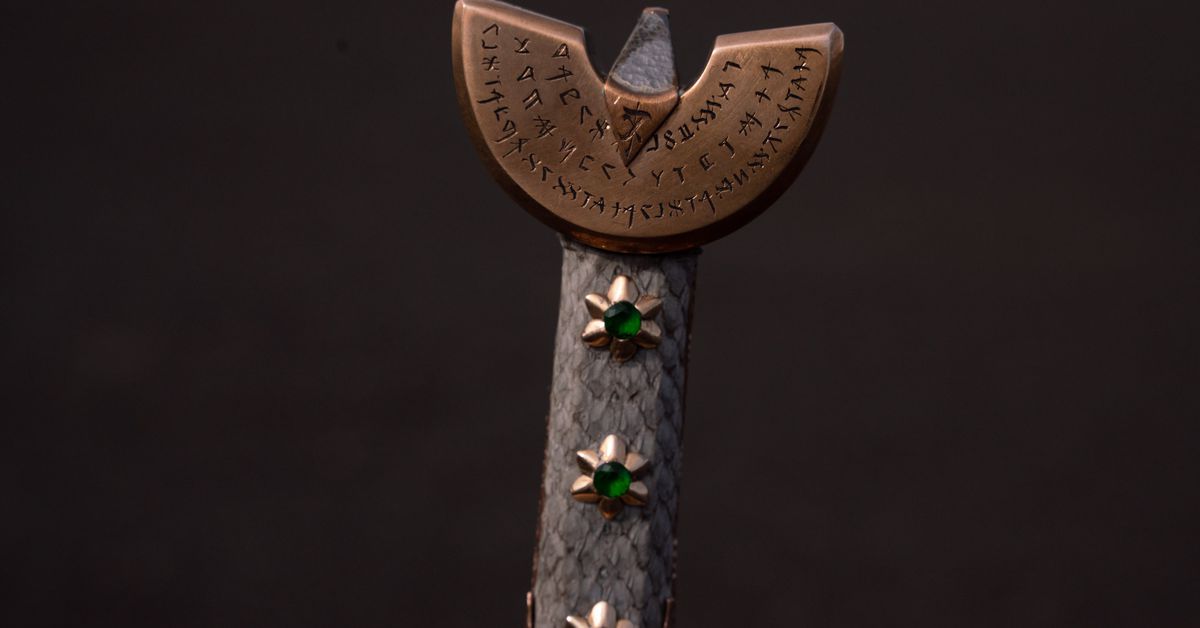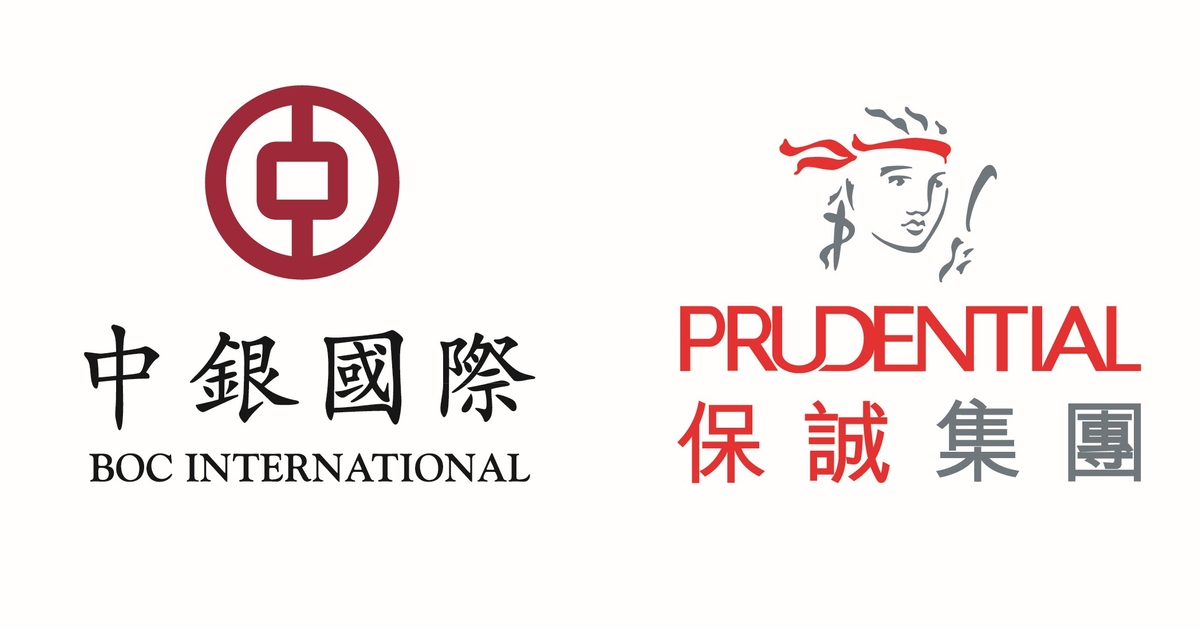Hayao Miyazaki’s The Boy and the Heron is a beautiful relic — and the end of an era
Image: Studio GhibliThe latest Studio Ghibli film is out in North American theaters after premiering in Japan earlier in the year. Continue reading…
/cdn.vox-cdn.com/uploads/chorus_asset/file/24897571/F3gcKFQWsAAboPZ.jpg)
Note: this review was originally published in July to coincide with the film’s Japanese premiere. It has been updated and republished for the film’s wide release in North America on December 8th.
The year is 1997, and famed Studio Ghibli director Hayao Miyazaki announced plans to retire following the release of Princess Mononoke, a film that set new records at the box office for Japanese animation and revolutionized the medium. The year is 2001, and Miyazaki announced plans to retire following the release of Spirited Away, saying he can no longer work on feature-length animated films. The year is 2013, and Miyazaki announced plans to retire following the release of The Wind Rises, saying that “If I said I wanted to [make another feature film], I would sound like an old man saying something foolish.”
The year is 2023, and Miyazaki is an old man saying something foolish by releasing a new film, titled How Do You Live in Japan and renamed The Boy and the Heron for the international market.
The point is, it’s hard to say with any certainty whether this will truly be the moment when Hayao Miyazaki steps away from feature animation for good. He’ll likely never step away from animation entirely, directing a new short for the Ghibli Museum during his last retirement, Boro the Caterpillar. (In June Studio Ghibli executive Junichi Nishioka said that Miyazaki was still working on new film ideas.) Until a few days before the Japanese premiere, it was also hard to say what this mysteriously titled final film would actually be about, following a bold PR strategy of, well, not doing any PR. Only a single poster for the film featuring a heron was released before its theatrical debut, without so much as press or preview screenings, trailers, screenshots, or even a synopsis.
Image: Studio Ghibli
Riding the train in the early hours of Friday morning to be one of the first to catch this all-new Miyazaki-directed feature film, The Boy and the Heron appeared to exist only as some mythical entity rather than a real film. In the absence of any news and in light of the single image’s striking repetitiveness, Japanese fans even resorted to creating memes of the bird, riffing on the name and the mystery surrounding it. Honestly, a part of me wondered if the whole thing was some trick, a ruse soon to be exposed to the world at last.
Another part wondered: if this film actually was real, what story would prompt Miyazaki out of his latest retirement? And how would I even discuss a film like this when even saying it exists could technically class as a spoiler?
I have that answer now. To give the minimal necessary introduction, the film opens during the firebombing of Tokyo in World War II, a hazy memory of the moment that young boy Mahito witnessed the death of his mother as the hospital she was in burned to the ground. The experience is seared in his mind like the erupting flames he witnessed, never truly moving on from the pain of this sudden loss. When Mahito joins his father to move out of Tokyo shortly after the war to live with his new (and already pregnant) partner in a large traditional home full of peculiarities — like a mysterious heron and an old abandoned stone building in the woods nearby — he struggles to accept this new situation.
These opening moments feel unsettling and heavy, especially in flashbacks, only briefly relieved by the kindly gaggle of old ladies at the home or the famed heron. While it embraces the fantastical as it takes us to a whole new world in pursuit of a far-from-normal heron’s promise that Mahito can see his mother once more (while continuing to search for his new mother who recently went missing), the weight of this opening lingers.
In these moments, it’s a rich, dense fantasy in the vein we’ve come to expect, both in terms of the detail visible in every scene and its greater thematic purpose. You may come to Spirited Away for its eclectic and intricate spiritual bathhouse, but you stay for the human story and deeper undertones at its core.
Continuing this comparison, you could even say these musings on the complexity of the human condition are emphasized by the 82-year-old Miyazaki with this final film, creating something that feels more autobiographical and self-reflective than The Wind Rises. For all that film was technically a biopic, it felt as much a reflection of the man behind the production as it was the master aviator at its center. While fantastical and family-friendly elements litter The Boy and the Heron, filling it to the brim with whimsy that lightens its heavy moments and brings endless charm to its stunning animation, the frank nature in which it explores Miyazaki’s self-reflective musings on memory makes it as much a conversation with the man in the mirror as it is the audience.
The question the film’s Japanese title poses lingers throughout the experience. How do you live? On the shoulders of those who came before you. After decades of defining the animation industry in Japan, Miyazaki has accepted his fate. This is ultimately a story about the hows and whys that define our memory, a recognition that no existence can live without building upon the inventions, experiences, and memories of those who came before us. A recognition that to move forward means to move on and let go of the past while keeping their memories and lessons close for the next person to carry that torch.
The Boy and the Heron feels like a recognition by Miyazaki of his place as a relic in a modern animation industry that’s moved on without him. Studio Ghibli has firmly embedded itself within animation history and particularly Japanese culture, where movies like My Neighbor Totoro and Kiki’s Delivery Service feel like rights of passage for Japanese children even before we discuss the park or museum or the copious merchandising. People who don’t watch anime or look down on animation as some childish toy likely still know and love at least one Ghibli film. Totoro was a character in Toy Story 3!
Yet it’s also been 10 years since Miyazaki released his last film and nine years since Ghibli’s final feature, When Marnie Was There. For all the media at one point seemed determined to anoint the so-called “next Miyazaki,” only the spiritual successor made up of former veterans of Ghibli, Studio Ponoc, ever attempted to directly emulate the distinct visual and narrative playbook of the famed studio. Mary and the Witch’s Flower released to moderate success in 2017, but notably, the first trailer for the studio’s new project The Imaginary premiered before this screening with a visual and thematic approach that serves as a distinct departure.
The anime landscape today is defined by a different director: Makoto Shinkai. Films like Five Centimeters Per Second, Your Name, and Suzume, with their intense post-processing over highly realistic environments telling stories about love and distance through the imagery of fantasy and science fiction, are nonetheless impressive but are very distinct from the works of Ghibli in their own, more modern style. In recent years, with the success of Shinkai’s works, the comparisons have stopped. You can’t be the next Miyazaki when you’ve already eclipsed the man you’re being compared to.
When it’s not Shinkai or one of his many imitators, recognizable franchises reign stronger than ever. Anime has always relied on adaptations of other mediums, but the shift from historically lower gross for such films as mere fan service to the blockbusters of today showcases a stark difference. Last year, One Piece Film RED grossed almost 20 billion yen in Japan, making it one of the top 10 highest-grossing films of all time and placing it above Howl’s Moving Castle and all but two of Miyazaki’s works. The First Slam Dunk has similarly been breaking records and topped the box office for eight consecutive weeks upon release. And let’s not forget the monster 2020 success of Demon Slayer: Mugen Train, whose 40 billion yen domestic gross demolished Spirited Away’s record of the highest-grossing film of all time in Japan.
Photo by Richard A. Brooks / AFP via Getty Images
The point is, we don’t see films like this being made anymore, for better and for worse. There’s no glee or joy in discussing Miyazaki’s fading stardom. Indeed, with The Boy and the Heron, Miyazaki has produced one of his best films to date, a mature metafictional tale in a friendlier facade about memory and moving on from the past while carrying their precious experiences on their shoulders.
Yet the industry has moved on. This film feels thematically and visually like a lost piece of mid-2000s Ghibli media resurfaced from a vault and thrown onto cinema screens. No less impressive, but a piece of the past carried on the shoulders of those who built it, tossed into the world more to remember what we lost than to build upon what we have today. You could argue there’s irony in making a film about letting go and moving forward when a director can’t follow through with his desire to walk away, but maybe that’s why this movie had to be made.
We don’t see films like this being made anymore, for better and for worse
Honestly, so moved and impressed I was by this movie, I’d love for him to betray its message and come back, just one more time. The creative well underneath Miyazaki remains full, and I’m sure he could create another 10 films and still have new ideas to explore. We’ve barely scratched the surface of his bottomless talent.
In the movie’s first act, Mahito finds an old copy of How Do You Live?, the children’s book that inspired the film’s Japanese title. The title page is signed by his mother with a message of how much he’s grown. He breaks down in tears. The adventure which follows proves that she was right, and the book stays with him throughout, another memory passed down for him to bear.
Just as Mahito needs to accept the loss of his mother, leaving that cinema on Friday morning felt like closing the book on an era of animation history we’ll never get back. The items passed on to Mahito by the characters in this fantasy world are ways to remember his adventure and reconnection to his mother, just as we can always rewatch these films. And remember we must, as it’s only by passing these memories down that they can live on long after the people behind them are gone.
Miyazaki has accepted his time has come and gone, and this is his plea to be remembered by the next generation. With this understanding, everything from the film’s complex yet thematically resonant story to particularly its non-existent promotional campaign made sense. Releasing a film without a single trailer, screenshot, or even synopsis feels like career suicide, a sure chance a film will fail. It’s a strategy that could only succeed at the hands of a studio and director who earned respect like these two. In turn, this campaign is a final plea from Miyazaki to the public who admire him and his work.
Memories only outlive us by sharing them with others, ensuring they won’t be forgotten with our passing. Similarly, if we want this era of animation to be remembered for generations to come, the onus is on us as an audience to champion its voice and share it with others. Ghibli and Miyazaki already have their place in history. If The Boy and the Heron is to join it, we have to want to pass it on, hold it close, and carry it with us.
And, after all that, move forward.
The Boy and the Heron is in theaters on December 8th.

 BigThink
BigThink 































